If you’re one of the 10% of women who suffer from endometriosis, or simply experience severe period pain, these gentle yoga postures from Lily Silverton may be able to help…
You know the feeling, it’s that time of the month and you’re doubled over in pain, wanting nothing more than a hot water bottle and your bed. Now imagine that all the time, combined with a host of other painful symptoms including digestive complications and severe exhaustion. For the 1.5 million women in the UK who suffer from endometriosis this is their life.
Endometriosis is a chronic inflammatory condition where the uterine lining grows outside of the uterus. Each month these cells break down and bleed (as they would normally in your womb during a period), but they have no way of escaping, and so cause internal inflammation, scar tissue, and cysts.
It is thought to affect 10% of women worldwide, and for many of them the associated pain is intense and debilitating, affecting both relationships and careers.
While yoga is by no means a cure for endometriosis (sadly one hasn’t yet been found at all), the practice has been highlighted as a potential aid to help alleviate symptoms. A recent study in the Journal of Alternative and Complimentary Medicine found that yoga not only helped endometriosis patients with chronic pelvic pain, but also improved their overall quality of life.
This was the experience of Jessica Duffin, from This Endo Life, who came to it in 2016. “Yoga helps reduce my pain levels, and really soothes me,” she explains. “It’s quite distressing being in pain, and yoga feels so comforting in that moment. I also find it really reduces my stress levels in general, eases my anxiety and alleviates my depression. If I do an hour of gentle yoga when I’m in pain, I usually find it’s dramatically reduced by the end, and I’m so relaxed I’m able to go back to sleep (I tend to come on at night) or rest.”
Below is a sequence of restorative/yin poses for those suffering from endometriosis and period pain. The postures, though technically simple, can have a profound effect on the body and mind, helping to relieve pain, reduce discomfort, and promote feelings of relaxation. It’s a gentle and slow series, designed to nourish and enrich. Spend time in each pose, letting go, listening and feeling into the body. Working in this way you begin to access the deeper, subtler layers, including internal scar tissue.
You could do the entire series, or just try one or two postures. The photographs don’t include props, however I would strongly recommend using pillows, bolsters, blankets, and anything else you have to hand to help support and cocoon yourself. Remember, you should never experience pain due to a yoga pose – listen closely to your body and if you experience any then come out.
Deep Abdominal Breathing
This breath is deeply restorative for the nervous system, helping to calm anxiety and reduce pain. It also increases blood flow to the organs, to support healing.
Directions: Lie down in savasana with the arms by the side or with the hands resting on the belly. On your inhale let the abdomen fill with air so that it swells like a balloon, and on the exhale let it release back down. After a few breaths like this, begin to fill not just the abdomen but also the chest and lungs, all the way up to the collarbones encouraging the breath into the front, back, and sides of the body. On the exhale release. Breathe like this for 3-5 minutes.
Wide Knee Child’s Pose
This posture opens up the hips, sides, and back. It is known to relieve cramping, soothe anxiety, release tension, and can also help with exhaustion, dizziness, and headaches/migraines.
Directions: Place a folded blanket on top of the mat under your lower legs, then bring the feet together and separate the knees to a comfortable distance. Set a bolster or a couple of pillows under the torso and lay the body down so that it is resting fully and you feel held. Stay for 6-8 minutes (if the head is resting to one side turn halfway through).
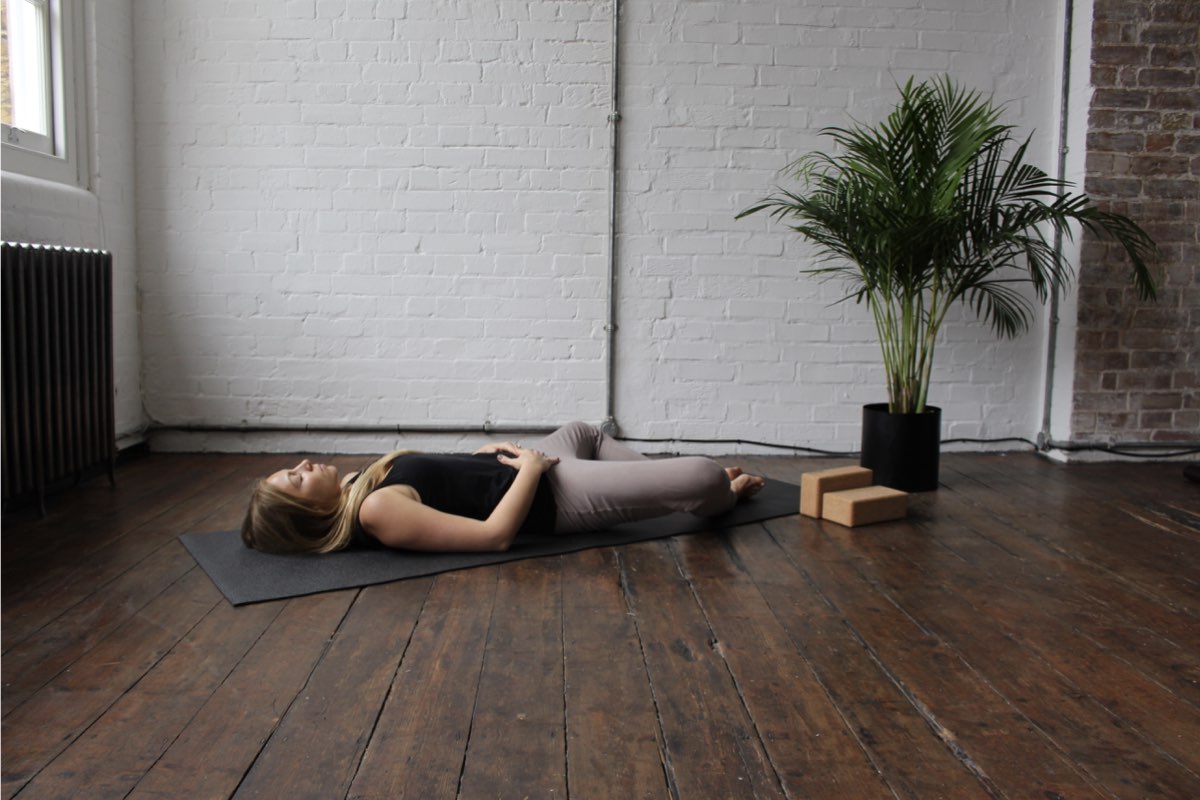
Reclined butterfly
This pose opens up the hips and chest, and gives a gentle stretch to the inner thighs. It also increases blood circulation around the abdomen.
Directions: Place a couple of pillows or a bolster toward the top of the mat, propping them up as high as feels comfortable for you to rest back on. Bring the feet together creating a large diamond shape with your legs. Hands can rest on the belly or down by your sides. Stay for 10 minutes.
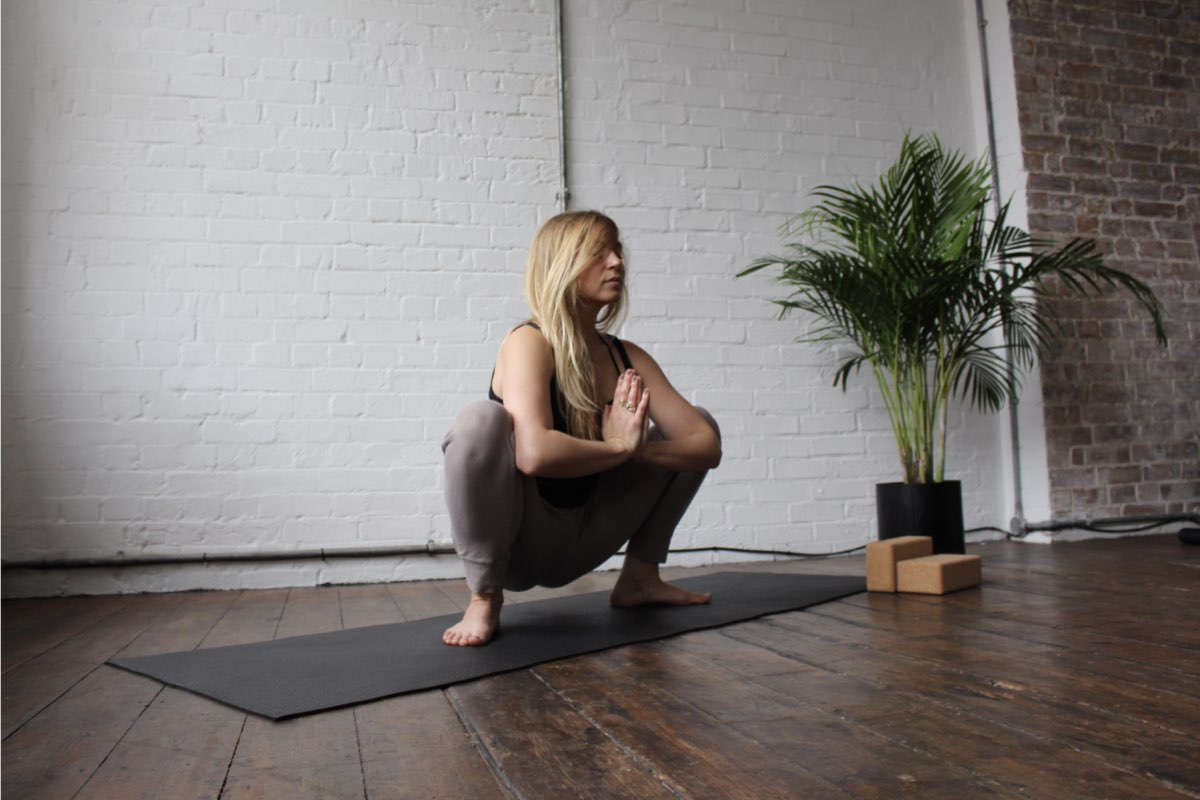
Malasana-garland
This stretch opens up the pelvic area, helps ease pain, and increase circulation.
Directions: Separate the feet to the outer edges of your mat and turn the toes 45 degrees out. Lower the body down keeping the back straight. Place blocks (or books) under your heels if they don’t reach the floor. Bring the hands together at your heart. Stay for 1 minute.
Legs up the wall
This pose helps relieve leg pain and cramps. It improves the flow of blood to the pelvic region, refreshes tired and/or swollen legs, and gives the heart a break from pumping blood down the body.
Directions: Sit as close as you can to a flat wall, lie down and swing your legs up to rest at a 90 degree angle. If this is too much for your hamstrings you could also use a sofa or chair. Stay for 10 minutes.
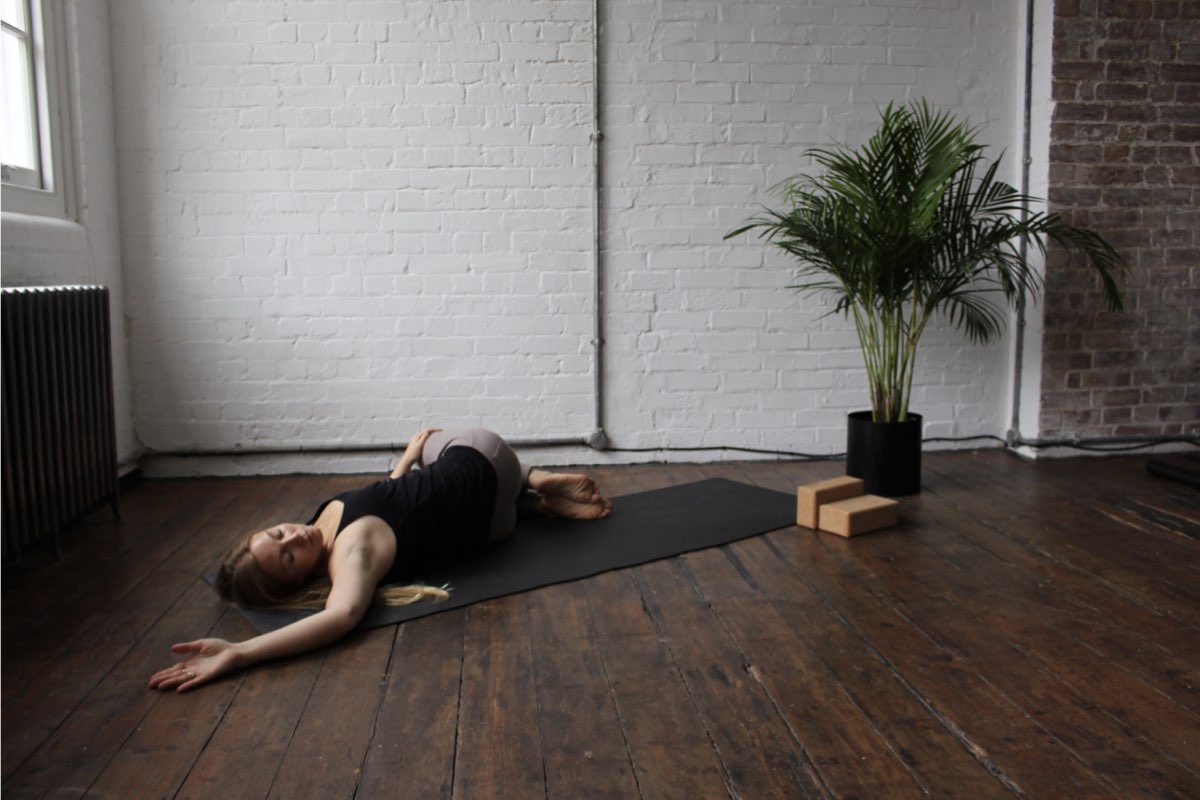
Reclined twist
This pose helps open up the pelvis, and increase blood flow to reduce pain. By providing a gentle compression to the reproductive organs, it can help stimulate, detoxify, and create circulation in this area.
Directions: Lying on the back bring the knees in and let them fall to the left, turning your head to the right and lifting your right arm up alongside your ear. Place a pillow underneath your right shoulder for support, and perhaps also one between or underneath the knees. Stay for 4 minutes and then move to the other side.
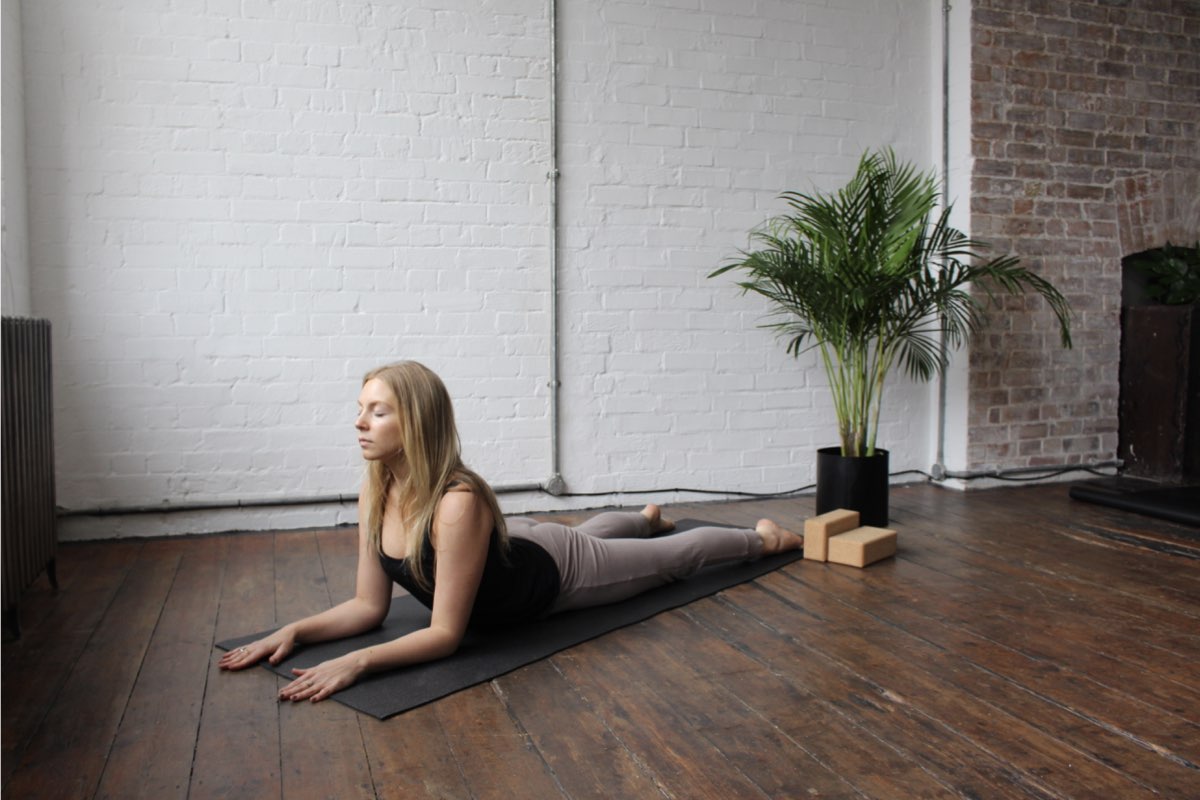
Sphinx
This posture can help alleviate pelvic pain by providing gentle compression to the lower abdomen and reproductive organs.
Directions: Lie on the belly resting on the forearms with the elbows roughly underneath the shoulders. Keep the head upright with the neck soft. Stay for 2 minutes.
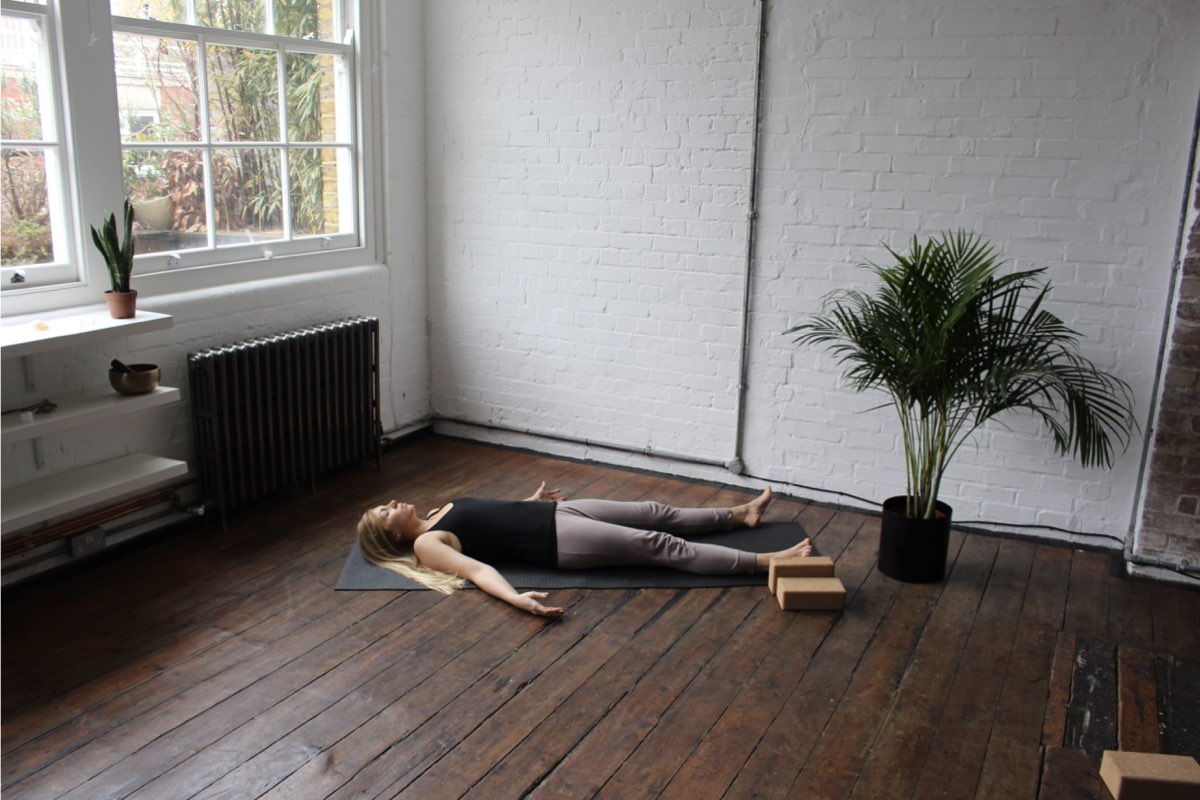
Savasana
This ‘do nothing’ pose is immensely restorative, perfect for when you’re in pain or exhausted (or even when you’re neither of those things!)
Directions: Lie down with the feet separated and the arms away from the body, perhaps with a pillow or bolster underneath the knees. Try to rest the mind –when thoughts arise, acknowledge them with compassion and then invite them to let go. Stay for 5-10 minutes, or as long as you like.
By Lily
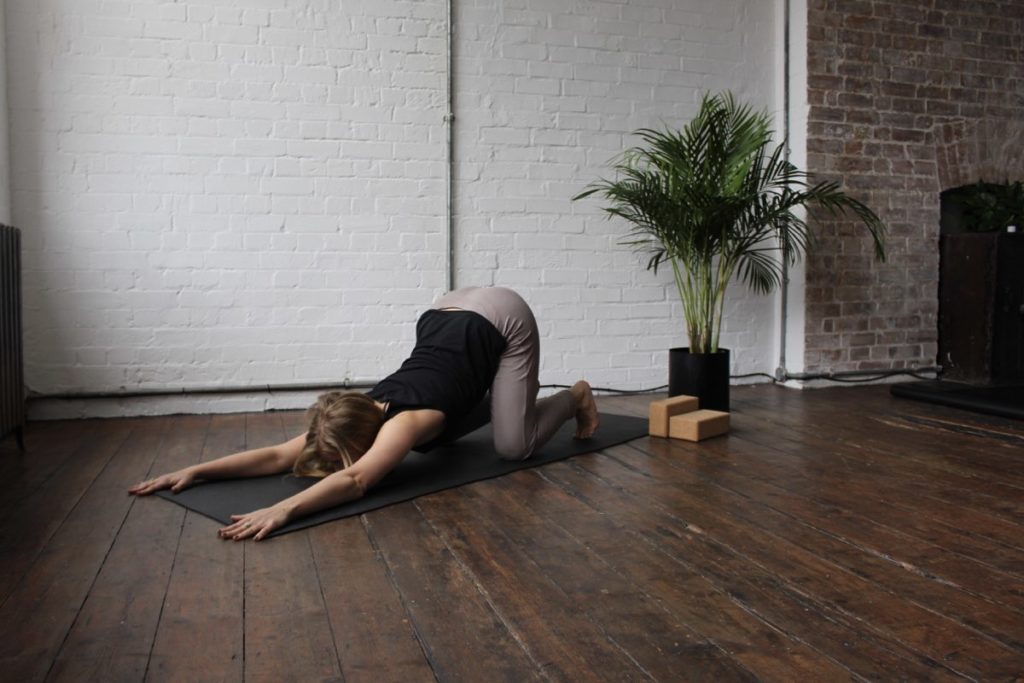
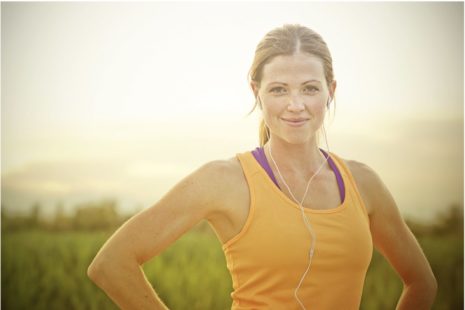
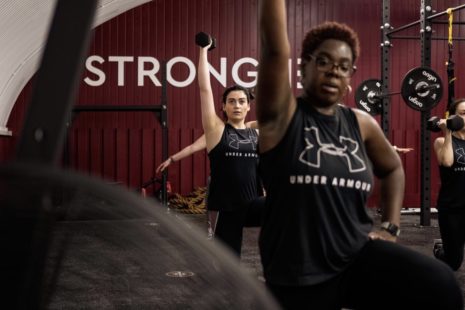
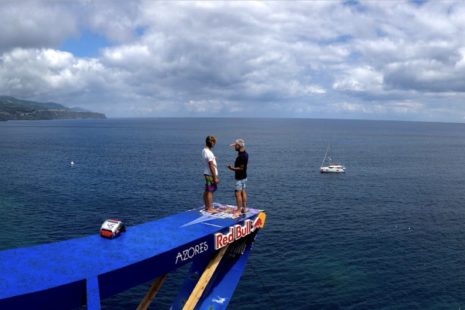

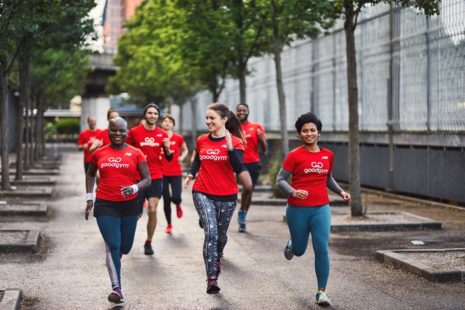
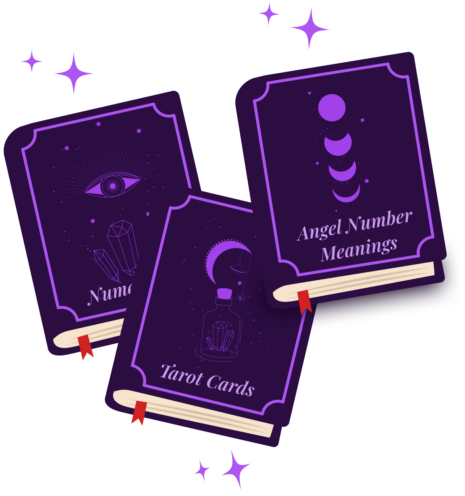


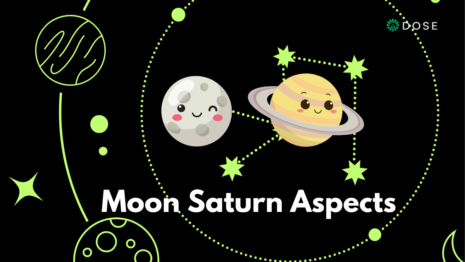


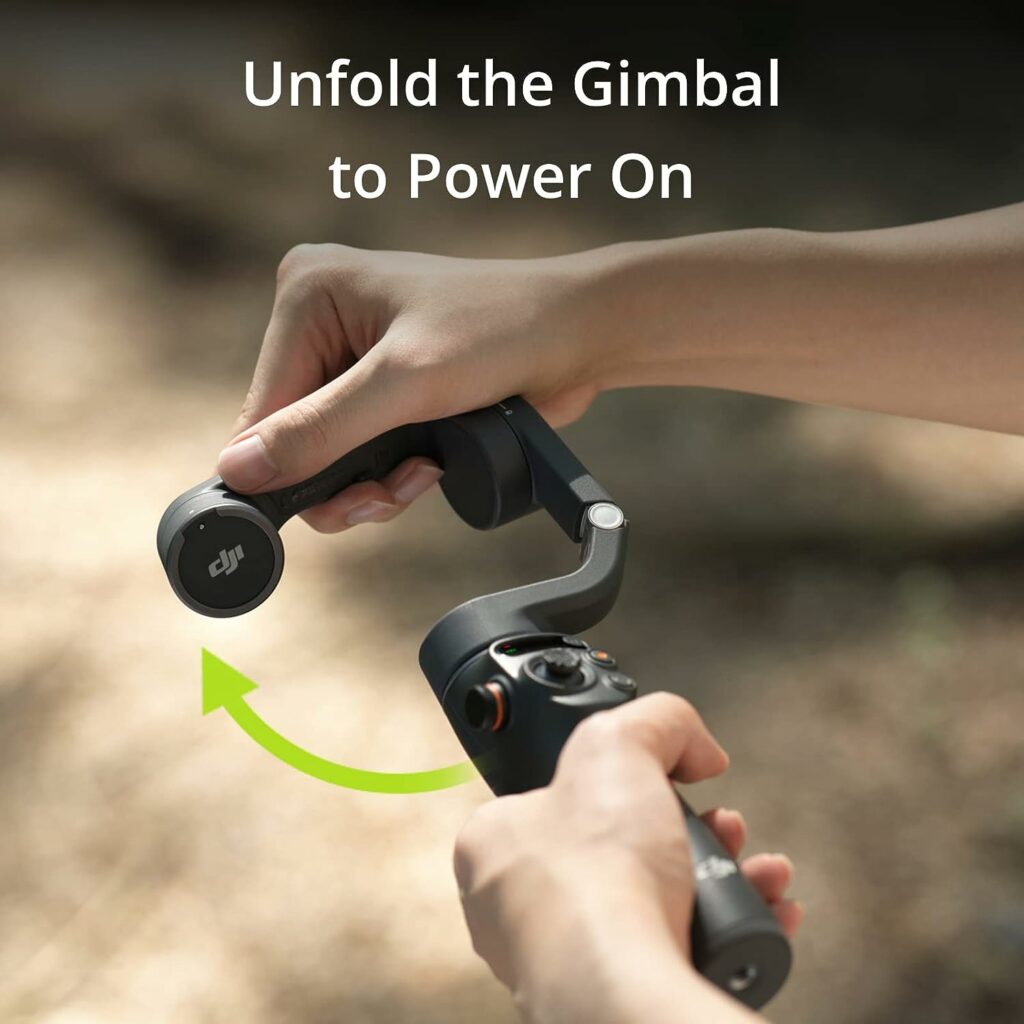


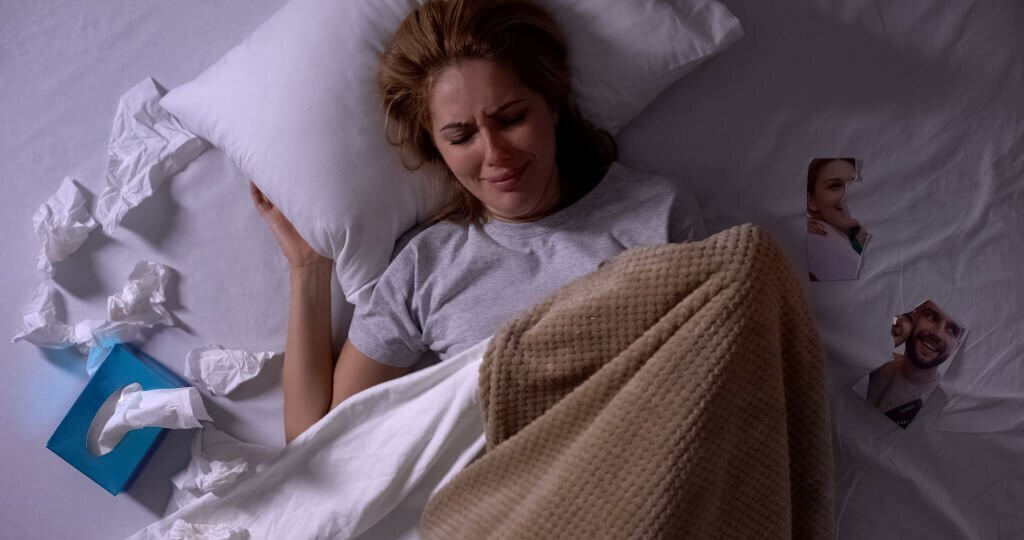

One Response